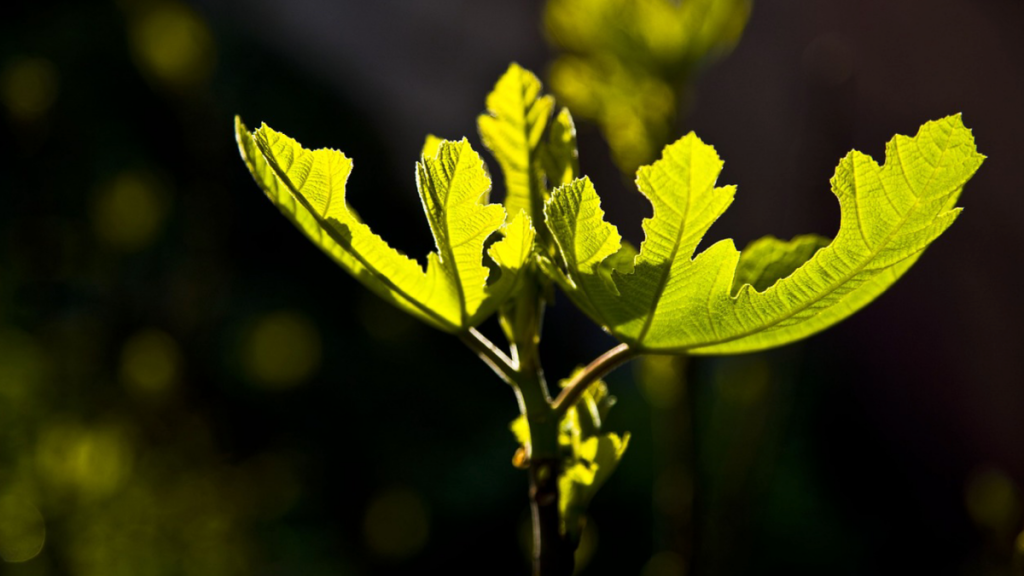Fig trees are a wonderful addition to any garden. They not only provide delicious fruit but also add a touch of beauty to your outdoor space. However, like any other plant, fig trees require proper care and attention to thrive. In this section, we will discuss the importance of fig tree care and provide an overview of the different fig tree varieties.
Importance of Fig Tree Care
Caring for your fig tree is crucial for several reasons. Firstly, proper care ensures that your tree grows strong and healthy, capable of producing high-quality figs. Secondly, regular maintenance helps prevent diseases and pests that can harm your tree. Lastly, well-cared-for fig trees can live for many years, providing you with a steady supply of figs and enhancing the beauty of your garden.
Overview of Fig Tree Varieties
There are hundreds of fig tree varieties, each with its unique characteristics. Some of the most popular ones include the ‘Brown Turkey’, known for its sweet, red flesh; the ‘Celeste’, which produces small, sweet figs; and the ‘Kadota’, famous for its green skin and amber flesh. Choosing the right variety depends on your climate, soil type, and personal preference.
In the following sections, we will delve deeper into the art of fig tree cultivation, including how to prune your tree for optimal growth and fruit production. So, stay tuned!
Understanding Fig Tree Cultivation
Ever thought about adding a fig tree to your garden? They’re fantastic, but they do need some special attention to flourish. Ready to dive into the world of fig tree nurturing? Let’s uncover some crucial growth strategies.
Fig Tree Growth Tips
- Choosing the right location: Fig trees love the sun. Choose a location that gets at least 6 hours of sunlight each day. The more sun, the better!
- Understanding soil requirements: Fig trees prefer well-drained soil with a pH between 6.0 and 6.5. You can test your soil’s pH with a simple kit from your local garden center.
- Watering and fertilizing techniques: Water your fig tree regularly, but don’t overdo it. Too much water can lead to root rot. Fertilize your fig tree in the spring and summer with a balanced fertilizer.
- Benefits of pruning fig trees: Pruning helps shape the tree, encourages healthy growth, and increases fruit production. It also helps to prevent diseases and pests.
- Impact on fig tree growth and fruit production: Proper care and pruning can significantly increase your fig tree’s growth and fruit production. A well-cared-for fig tree can produce up to 50 pounds of fruit per year!
- Identifying the right time to prune: The best time to prune your fig tree is in the late winter or early spring before the new growth starts.
- Choosing the right tools for pruning: Use sharp, clean pruning shears or a pruning saw for larger branches. Always clean your tools before and after use to prevent the spread of diseases.
- Step-by-step fig tree pruning guide: Start by removing any dead or diseased branches. Then, prune back any branches that are growing inwards or crossing other branches. Finally, shape the tree to your liking, but remember to keep the center open to allow sunlight in.
- Post-pruning care tips: After pruning, apply a tree wound dressing to protect the cuts from pests and diseases. Continue to water and fertilize as usual.
- Monitoring fig tree health: Regularly check your fig tree for signs of pests or diseases, such as discolored leaves or a lack of growth. Early detection is key to maintaining a healthy tree.
- Common fig tree diseases: Fig trees can be affected by several diseases, including fig rust, leaf blight, and root rot.
- Preventive measures and treatments: Regular pruning, proper watering, and the use of organic fungicides can help prevent and treat most fig tree diseases.
- Common pests that affect fig trees: Fig trees can be affected by pests like the fig tree borer and the fig wasp. Regular monitoring and the use of organic pesticides can help control these pests.
- Effective pest control methods: Organic pesticides, beneficial insects, and regular pruning can help control pests on your fig tree.
Fig tree cultivation requires proper location, understanding of soil requirements, regular watering and fertilizing, and regular pruning. Monitoring for pests and diseases is also crucial. With the right care and attention, your fig tree can thrive and produce a bountiful harvest. Happy gardening!
For further reading about caring for the fig tree, it is recommended to study the blog that deals with this subject, such as figgylife.com




